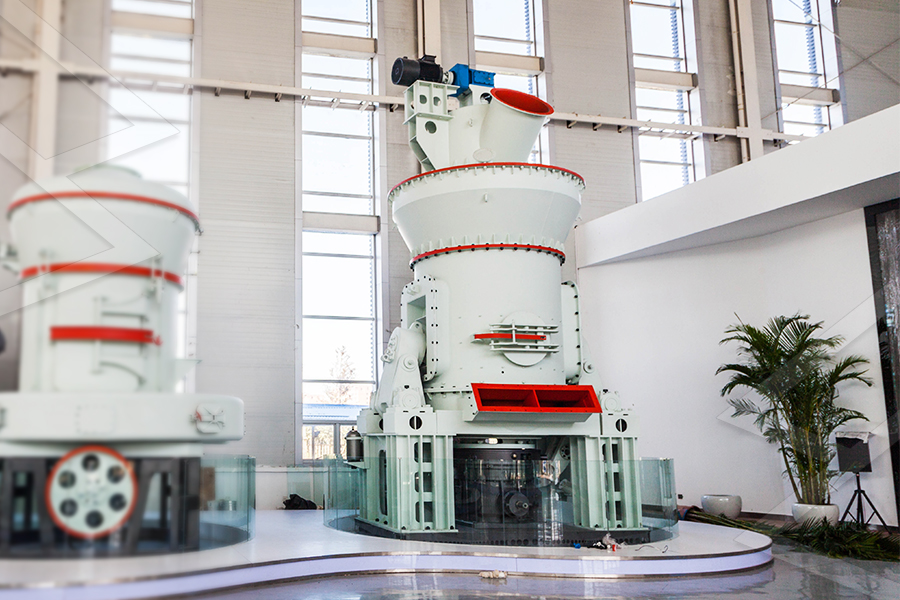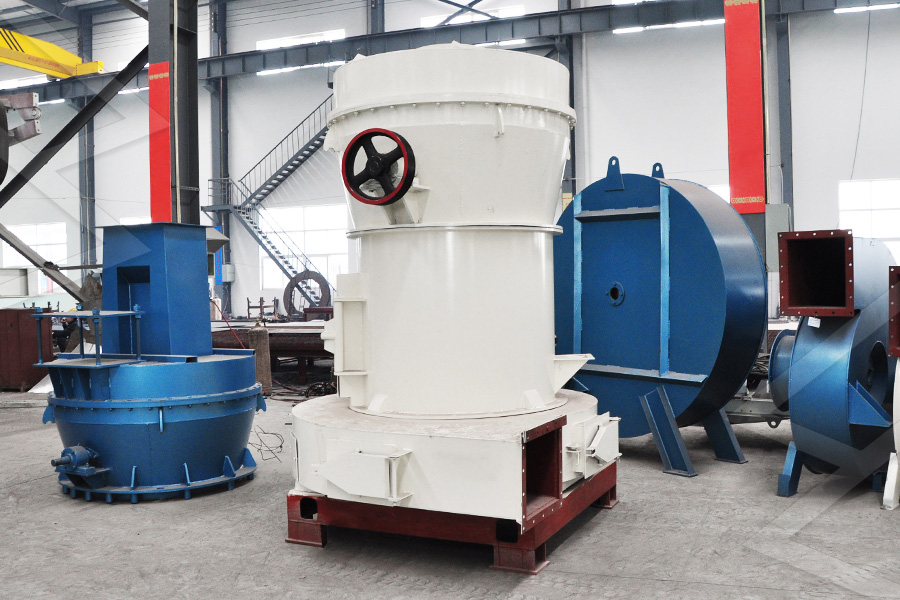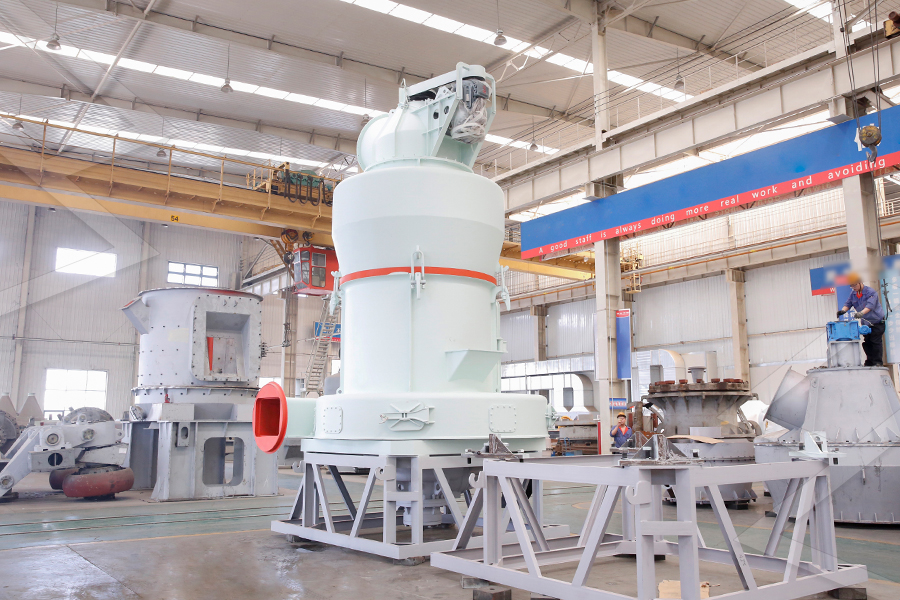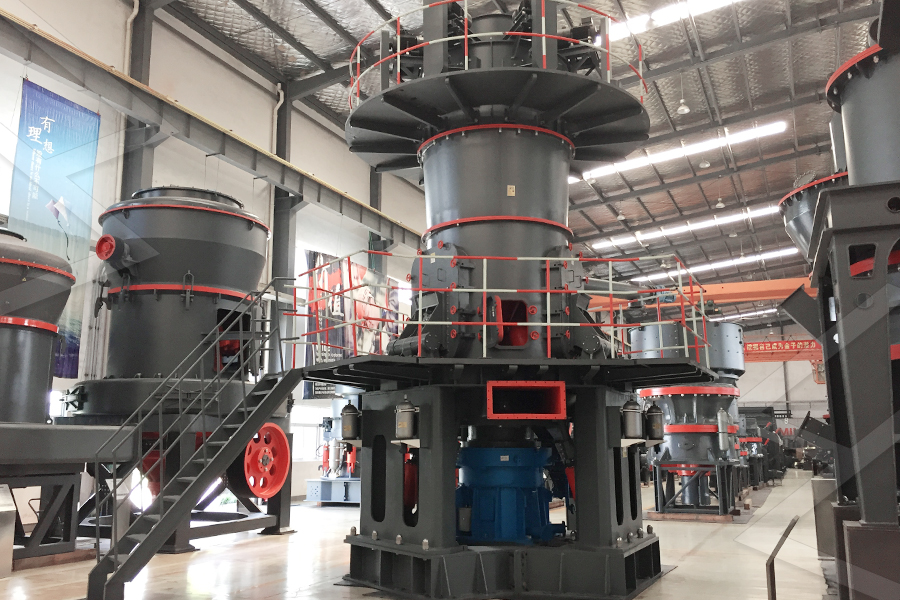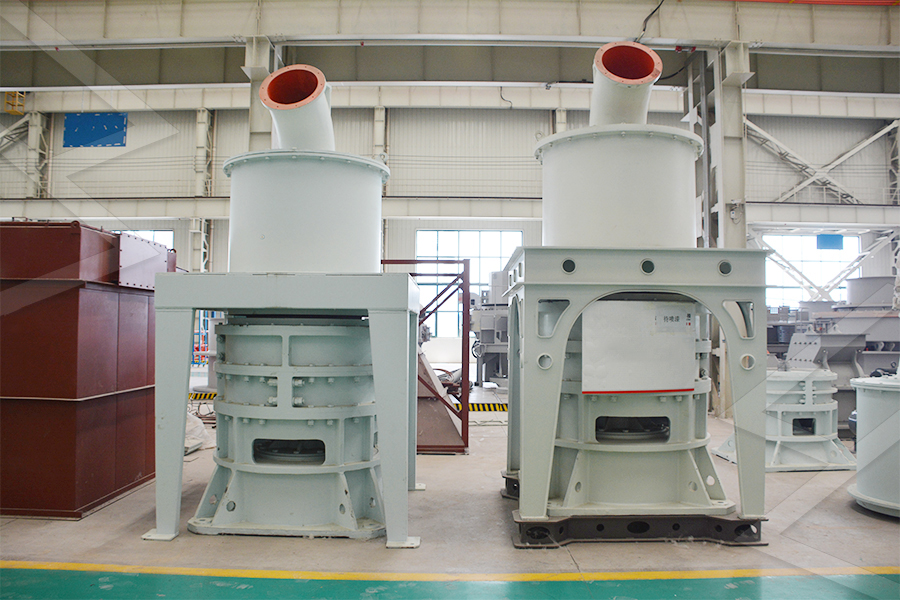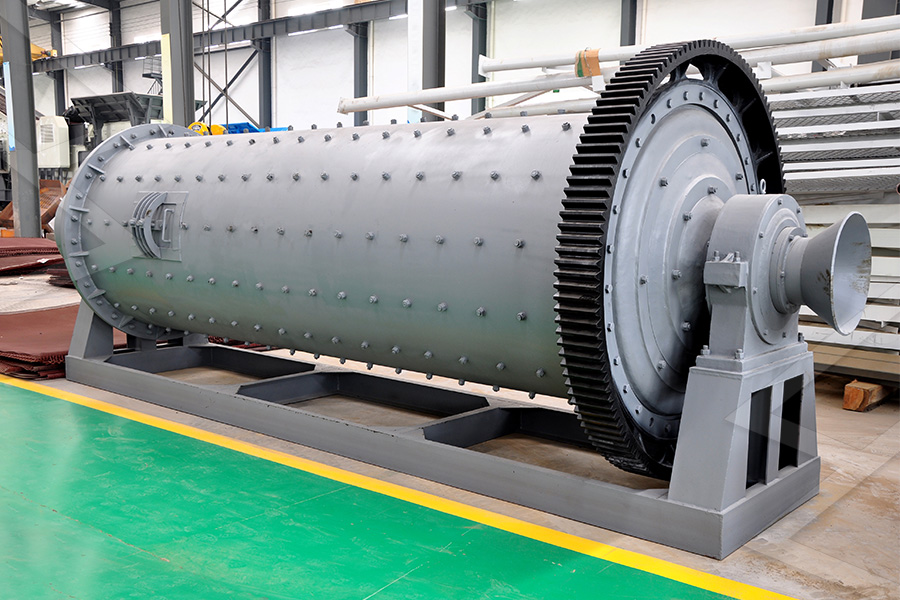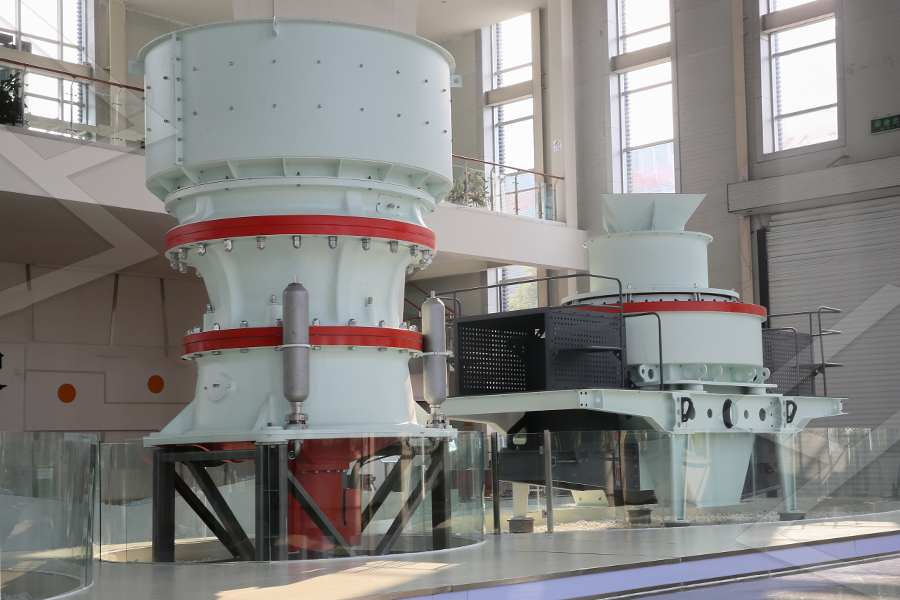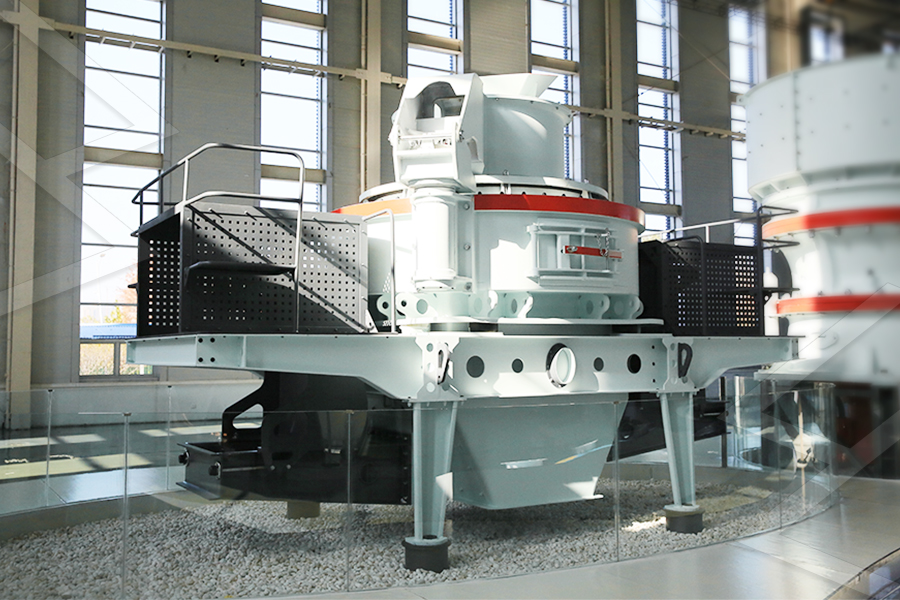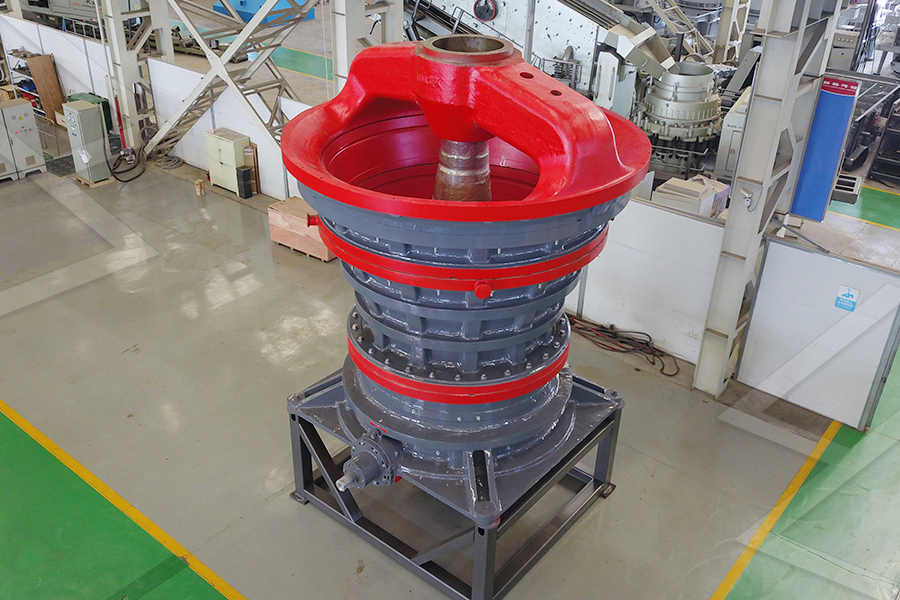This gypsum grinding project highlights the critical role of mineral processing in the construction supply chain, ensuring a reliable, high-quality feedstock for gypsum board production while prioritizing energy efficiency and environmental compliance.
Quartz (SiO₂) is a key material in the electronics industry, used to produce high-purity silica for semiconductors, solar panels, and optical fibers. This article details a specialized quartz grinding project in Jiangsu Province, China, a hub for electronics manufacturing, which processes high-purity quartz (99.99% SiO₂) into 400-mesh powder at 2.5 TPH. The project supplies a semiconductor manufacturer, requiring strict control over purity and particle size to meet electronic-grade standards.
Project Requirements and Industry Standards
Electronic-grade silica requires ultra-high purity (SiO₂ ≥99.99%, metal impurities ≤10 ppm) and precise particle size (400 mesh, ~38 μm) for two reasons: (1) Impurities (e.g., Fe, Al, Na) can disrupt semiconductor circuits; (2) Uniform 400-mesh particles ensure consistent melting and shaping during silica ingot production. The 2.5 TPH capacity matches the semiconductor manufacturer’s monthly demand (1,800 tons), with a safety stock of 500 tons stored on-site.
Raw Material Selection and Pretreatment
Raw quartz is sourced from a mine in Anhui Province, known for high-purity quartz deposits (SiO₂ 99.995%). The raw quartz arrives as 50-100mm lumps, which undergo a multi-step pretreatment to remove impurities: (1) Acid leaching: Quartz lumps are soaked in a 10% hydrochloric acid (HCl) solution at 60°C for 4 hours to dissolve metal oxides (e.g., Fe₂O₃, Al₂O₃);
